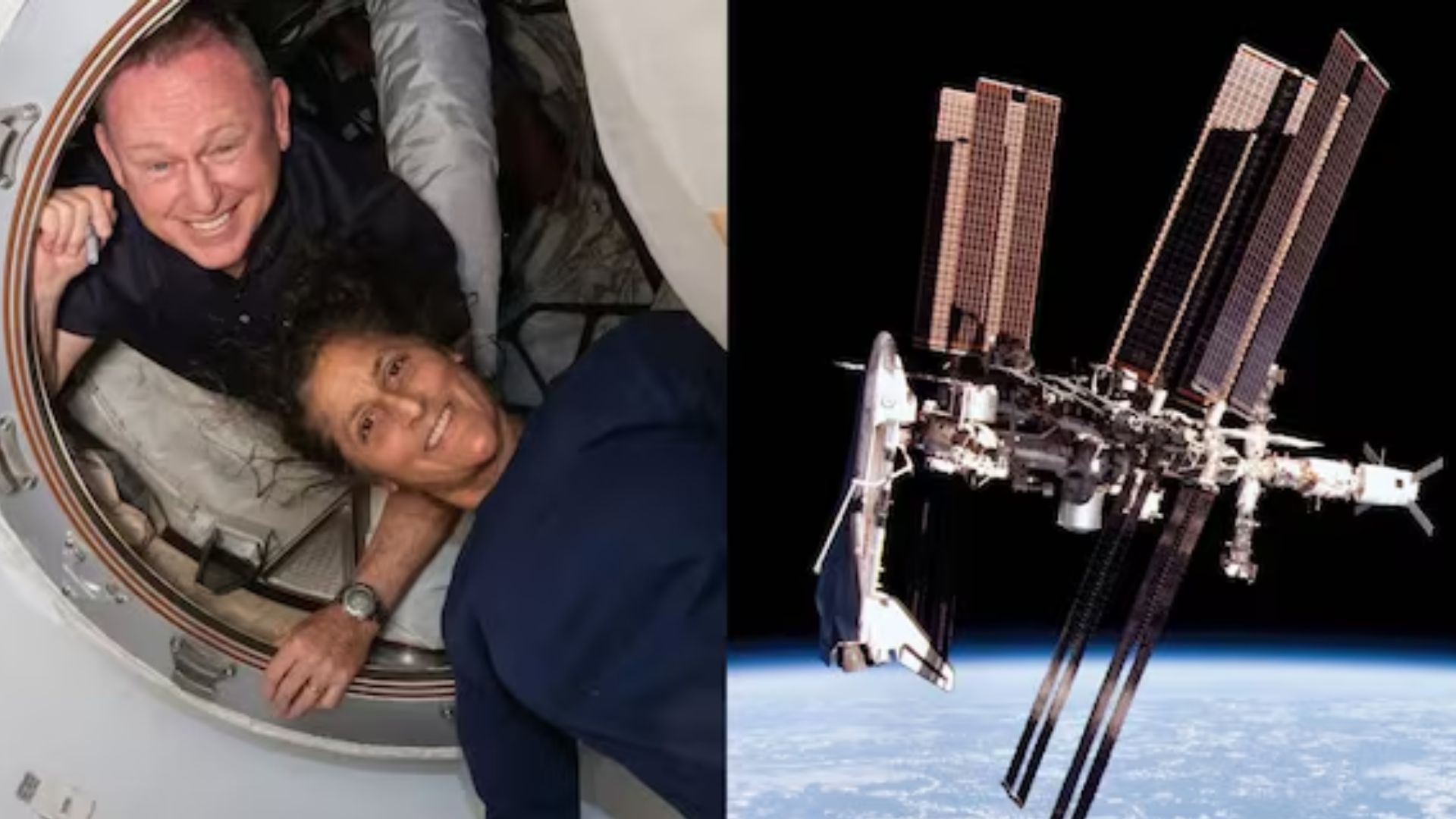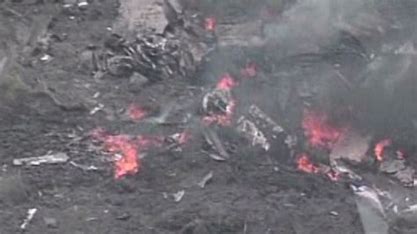A recent report from NASA’s Office of the Inspector General (OIG) has strongly criticized Boeing for serious lapses in quality control, which have led to two astronauts being stranded on the International Space Station (ISS).
Released on Wednesday, the report has also recommended financial penalties against Boeing due to its failure to adhere to quality control standards.
Boeing’s Quality Management Issues
The report sheds light on Boeing’s poor handling of its spacecraft production, particularly the Starliner spacecraft, which was intended to transport two astronauts on a nine-day mission in June. However, due to ongoing technical issues and delays, the mission has been extended into August, and it’s likely the astronauts will remain in space until 2025.
NASA’s OIG, in collaboration with the Pentagon’s Defense Contract Management Agency (DCMA), conducted an investigation into Boeing’s operations, revealing numerous administrative errors and inadequate responses to quality control problems.
The report highlights that Boeing’s efforts to address quality and product issues have been “ineffective,” with the company often failing to take corrective actions even when the same problems reoccur.
One particularly concerning discovery was related to a liquid oxygen fuel tank dome, a critical part that was poorly assembled due to substandard welding. This issue has raised serious doubts about the overall quality of Boeing’s work on the Starliner spacecraft.
Pentagon’s Role
To thoroughly examine these issues, NASA’s OIG enlisted the help of the Pentagon’s DCMA. The DCMA team was responsible for overseeing Boeing’s core and upper-stage manufacturing activities at NASA’s Michoud Assembly Facility in New Orleans.
Between 2021 and 2023, the team issued 71 Corrective Action Requests (CARs) at Levels I and II, indicating significant deficiencies in Boeing’s quality control processes.
A draft for a more severe Level III CAR, which could have led to withheld contract payments and alerted Boeing’s top executives, was prepared but not sent. The high number of CARs for a spaceflight system at this stage of development indicates a persistent and deteriorating state of quality control at Boeing.
The welding issues were attributed to Boeing’s inexperienced technicians and poor work order planning and supervision. The report warned that without a properly trained and qualified workforce, Boeing risks continuing to produce parts and components that do not meet NASA’s standards and industry requirements.
NASA’s Response and the Astronauts’ Status
Although the OIG report raised concerns about Boeing’s quality control, NASA officials have downplayed the risk to the astronauts on the ISS. NASA emphasized that the astronauts are not stranded and that the Starliner spacecraft could still be used as an emergency lifeboat if necessary.
However, the report’s findings have caused unease within the space agency. Former NASA executive Scott Hubbard, who was part of the Columbia Accident Investigation Board in 2003, acknowledged that while the astronauts are “kind of stuck,” they are not in immediate danger. They remain safe aboard the ISS with enough supplies and work to keep them occupied.
Boeing has defended the Starliner’s capabilities, asserting that the spacecraft could safely return the astronauts to Earth if required. The company also stated that it would follow NASA’s decision if the agency chooses to bring the capsule back empty.
In a statement, Boeing detailed the extensive tests conducted on the Starliner’s thrusters since liftoff and expressed confidence in the spacecraft’s capabilities and flight rationale. However, the company’s repeated quality control failures and the damning findings of the NASA OIG report have raised serious questions about its ability to meet the rigorous demands of spaceflight.
The report’s recommendation for financial penalties and the continued scrutiny from both NASA and the Pentagon suggest that Boeing will face significant challenges in rebuilding trust and ensuring the safety and reliability of its future space missions.







